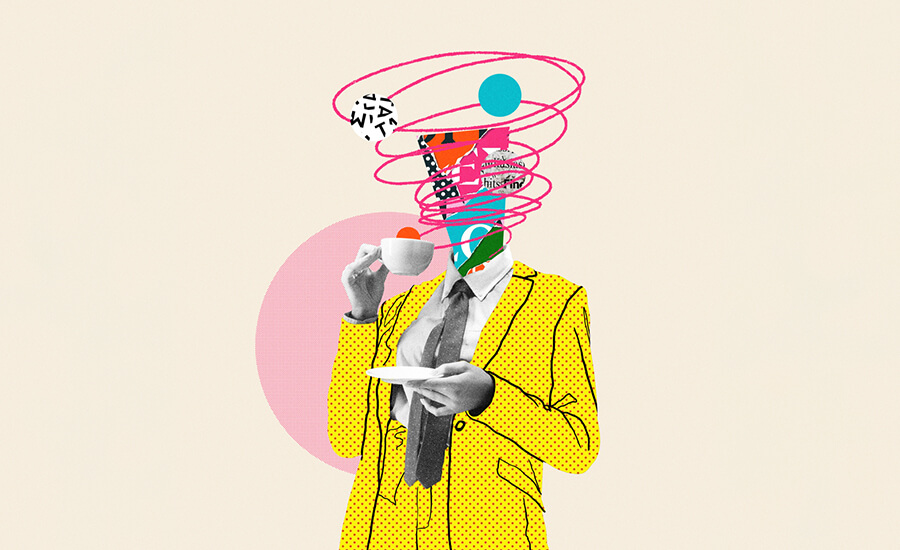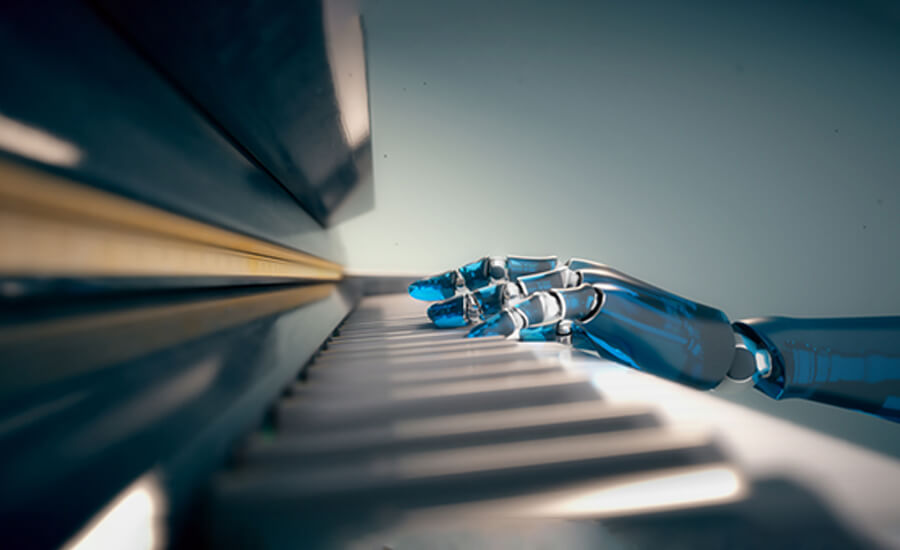Artificial intelligence (AI) is often associated with logic, data, and precision. Yet, as the technology evolves, it’s penetrating a domain traditionally reserved for human beings – creativity. From generating intricate artworks to composing melodic tunes, AI is demonstrating its creative flair, reshaping the artistic landscape and challenging our notions of creativity.
In the realm of visual arts, AI tools like Generative Adversarial Networks (GANs) are making waves. Artists can train these networks on art databases, following which the AI generates original pieces reflecting the styles it learned. In 2018, the art world was taken by surprise when an AI-generated artwork, the ‘Portrait of Edmond de Belamy,’ sold for a staggering $432,500 at Christie’s auction house, underlining the intriguing potential of AI in art.
AI is also revolutionizing the music industry. Algorithms can analyze musical patterns and styles from various genres and artists, and use this knowledge to create new compositions. OpenAI’s MuseNet is a noteworthy example, demonstrating the ability to generate four-minute musical compositions with ten different instruments, across a range of styles.
While some may view AI’s entry into the creative realm as threatening, it’s more fruitful to see it as an opportunity for collaboration. AI can act as a creative partner, providing artists with new tools and inspiring fresh ideas. Artists can use AI to experiment with styles, techniques, and concepts that they might not have considered otherwise, pushing the boundaries of their creativity.
However, the intersection of AI and creativity raises pertinent questions. If an artwork is created by an AI, who owns the copyright? The artist who trained the AI, the developer who created the AI, or the AI itself? These legal conundrums are still being explored and require thoughtful deliberation.
Moreover, while AI can mimic styles and patterns, it lacks a crucial component of human creativity: conscious experience. An AI doesn’t ‘feel’ emotions or have personal experiences that often inspire art. Therefore, while its creations can be technically impressive, they may lack the emotional depth and personal expression that characterize human-created art.
In the realm of AI and creativity, there’s much to marvel at and much to ponder. As AI continues to advance, it’s likely to play an even more significant role in our creative processes, challenging us to redefine creativity and reconsider the relationship between man and machine.


As we navigate this fascinating intersection of technology and art, it’s important to remember that AI is a tool. While it can augment and enhance our creative processes, it doesn’t replace the uniquely human capacity for creativity. Instead, the true magic lies in the synergy between human and machine, where AI’s computational prowess meets the human spirit’s boundless imagination. In this collaborative dance, we’re set to witness an unprecedented evolution of the arts, pushing the boundaries of what we previously thought possible.

